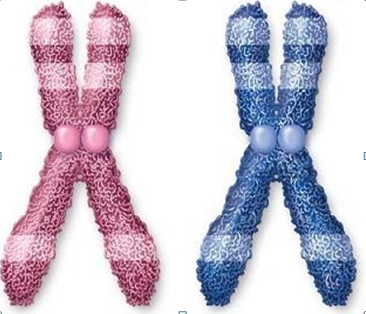You are working in the field with your favorite bacteria species, Bacterium BB. You carry out some experiments with Bacterium BB, and find that it can now degrade toluene and it is pathogenic! What happened?
A. Bacterium BB was transformed with a resistance plasmid and a digestive plasmid.
B. Bacterium BB acquired degradative and virulence plasmids by horizontal gene transfer.
C. Bacterium BB was exposed to a bacteriophage which is now in its lytic phase.
D. Bacterium BB sexually reproduced with another strain of bacteria that had both toluene-degrading gene and virulence gene.
E. Bacterium BB picked up fertility and Col-plasmids via conjugation.
Answer: B
You might also like to view...
Chromosomes that look alike and carry the same sequence of genes for the same traits, such as these shown from two parents, are

A. homologous chromosomes.
B. the X and Y chromosome.
C. found in females only.
D. found in males only.
E. all the autosomes.
Answer true or false. Okazaki fragments are synthesized during DNA replication of the lagging strand. This mode of replication is necessary because the direction of DNA synthesis on the lagging strand is opposite to the direction of movement of the replication fork.
a. true b. false
Most people afflicted with recessive disorders are born to parents who were
A) both affected by the disease. B) not affected at all by the disease. C) slightly affected by the disease, showing some but not all of the symptoms. D) subjected to some environmental toxin that caused the disease in their children.
In bacterial cells, when glucose is completely oxidized by all the pathways of aerobic cellular respiration, what is the maximum number of ATP generated?
A. 3 ATP B. 2 ATP C. 36 ATP D. 24 ATP E. 38 ATP